 Welcome to SeaWorld: Pacific!
Welcome to SeaWorld: Pacific!
Opening its door to the public is a completely re-thought Shamu world here of the coast of California, only an hour away from San Francisco. From the facilities to the show to the safety implementations within the new SeaWorld park, this is a completely new concept of our brand.
SeaWorld® opened its gates for the first time in 1964, founded by George Millay, Milt Shedd, Ken Norris and David DeMott. Originally planned as an underwater restaurant, the concept grew into a marine zoological park on 21 acres along the shore of Mission Bay in San Diego. With an initial investment of $1.5 million, 45 employees, several dolphins, sea lions, and two saltwater aquariums, SeaWorld drew more than 400,000 visitors its first year.
Today, there are three SeaWorld parks in the U.S., including the original San Diego, Calif. location, and parks in Orlando, Fla. and San Antonio, Texas. We also created more parks that connect guests with marine life in new ways. The exclusive Discovery Cove® in Orlando is a tropical oasis where guests can swim with dolphins and other sea life. Aquatica SeaWorld’s Waterpark™, with locations in Orlando, San Antonio and San Diego, combines water park thrills, nature and animals for a unique family experience. The parks' up-close animal encounters, educational attractions and innovative entertainment are designed to inspire guests of all ages to celebrate, connect with and care for the natural world around them.
What makes SeaWorld: Pacific different? Where to begin? Let us first start talking about our facilities and location. Pacific is located right on the coast of California, about an hour away from San Francisco with the open waters of San Pablo Bay acting as the major enclosures for the animals. Using the latest technologies, walls and nets were erected in the area to allow animals as much freedom as possible within natural waters. The orca enclosure, currently home to 8 Shamu babies, allows space for the natural separation of females and males, reducing the frustration of the animals. Similarly, the dolphin enclosure allows avid movement for the bottlenose inhabitants there. Our on land pavilions are three times the previous size while holding the same capacity, allowing animals more space.
 SeaWorld Pacific dolphins as seen in their new enclosure
SeaWorld Pacific dolphins as seen in their new enclosure
How is it then possible to interact with these amazing animals? Special walkways above the water have been erected atop natural sandbanks to allow our visitors to walk the perimeter of the enclosures and observe our animals in a more natural setting. For foul weather and for those who want to observe our animals from a different angle, underwater aquarium like glass walls encircle each enclosure from two sides. And who can forget our feeding time interactions which happen once a day with expert Shamu trainers? During these sessions, it is possible to see our trainers interacting with the animals as they provide an educational experience for our visitors all based on the latest discoveries about marine mammals.
 Please note, actual walkways extend around the whole perimeter with roofs to protect visitors from sun and rain
Please note, actual walkways extend around the whole perimeter with roofs to protect visitors from sun and rain
Finally, our Shamu stadium provides visitors with two shows a day. The large performance tank is equipped with the latest safety features including nets, platforms and the like. Two large, holding tanks (one for our dolphins and one for our whales) are connected to the main tank as well as the enclosures of the animals, ensuring that only the day’s stars are kept within the smaller enclosures. Our training facilities are an important feature as well – similar to the Shamu stadium, this private area allows total isolation from distractions and maximizes the time trainers and animals have in order to bond and learn new behaviors.
Secondly, Pacific’s animals are not ones who have been taken from the wild and purchased later on by SeaWorld. All our animals are Shamu babies meaning that every single one of them has been born at one of our three prime locations. We tried to bring in animals that would live well together in a new place and keep careful watch on all potential problems. This peculiarity allows us to provide such an open environment to the creatures – being born in captivity means that although these animals are full grown, they are still babies in the ways of the ocean, not having developed their natural survivals skills.
Our breeding occurs naturally at Pacific as it would in the wild, with our animals being given a choice. This new development allows a more natural development of communities between our animals and fosters bonds and relationships between them. As we have learned, family is of uttermost importance to whales and dolphins, which is why at SeaWorld: Pacific, we all aim to become a big family.
 Family bonds are kept between all animals, even land dwelling ones!
Family bonds are kept between all animals, even land dwelling ones!
To make sure our family members remain healthy and well, young animals are only allowed one show day a week and older, more experienced animals may perform a maximum of two times a week. Other marine mammals (walruses, seals, ect) follow the same schedule and are kept for the show days in an average enclosure in the back of the stadium. The schedule is carefully maintained and enforced by the head office of Pacific and shows may be altered with no notice to accommodate for unforeseen circumstances. Two on sight vets with years of experience in marine mammals are always on sight and help ensure our animals remain in their best condition through routine checkups before shows.
But what truly makes SeaWorld: Pacific unique is undeniably our staff. Currently, we have our most experienced trainers gathered for the opening of the new park and they are excited for the changes that are appearing within our SeaWorld community. Their passion, bravery and enthusiasm resonates from the moment you step within Pacific’s modern guest welcome center and lasts long after you leave Shamu’s Stadium with your own plush Shamu in hand.
 Our current Shamu trainers in Pacific, relocated here from our three current parks until our new trainers are ready to take over
Our current Shamu trainers in Pacific, relocated here from our three current parks until our new trainers are ready to take over
Pacific is brand new which means we are currently gathering a new team of trainers to be the face of SeaWorld renewed. We welcome all applications as long as they follow the following requirements:
Background Experience
1. When you apply for a job as an animal trainer, your prospective employer will assume you love animals. They will be much more interested in your education and experience. Parks have different educational requirements. At Busch Gardens, future keepers must have a college degree in Animal Husbandry, Animal Science, Zoology or a related field. For SeaWorld, a college degree is not required to be eligible for an animal training position, but it is preferred.
2. Perhaps the best background a prospective trainer can bring to an interview is experience working with animals. Prior experience with large animals is preferred. Experience working with horses or birds, working on a farm, or volunteering at an animal hospital is beneficial. The more experience you have with different kinds of animals, the greater your chances will be of getting hired. And of course, applicants should exhibit a strong personal commitment to, respect for, and patience with animals.
3. At SeaWorld parks, animal trainers often work in and around water. A job as an animal trainer requires a degree of physical strength and athletic ability. Strong swimming is a must. Applicants must be able to pass a rigorous swim test. Regular exercise —particularly swimming—and a healthy, drug-free lifestyle will help prepare you for a career with animals.
4. Working with animals is only part of being a trainer. Animal trainers must perform and speak in front of large audiences. They may also be required to answer questions for tours and other small groups. Strong communication skills and experience in public speaking or drama are desirable traits among trainer applicants. A microphone test is part of the interview process.
5. Zoos and aquariums often hire qualified people from within their own ranks. Those hopeful for an animal training career may break into the field by taking a job in another department. Starting in any department is a good way to get "your foot in the door". While gaining park experience and knowledge, you can establish yourself as a reliable and ambitious team member. This strategy may greatly increase your chances of working with animals in the future.
6. Finally, many professional organizations have special membership rates for non-professionals and students. You can learn more about animals and animal careers through these organizations’ newsletters. Also, by attending local workshops and national conferences, you might make some good contacts and get more information on how to chart a path toward an animal training career.
Apprenticeship Program
1. An on-the-job apprenticeship is required of each new trainer. The apprenticeship period may last a year or more, even if new trainers have had animal training experience somewhere else. During their apprenticeship, new trainers learn animal training methods, and become familiar with the animals, their personalities, feeding, and care.
2. As a new addition to our apprenticeship program, we also require each new trainer to complete our specially developed marine mammal and biology program within Shamu institute. This allows our trainers to learn all that has been learned about the animals they will be working with and will prepare them for the work ahead. Depending on the results of Shamu institute exams, new trainers will be assigned animals to work with.
3. Over time, apprentice trainers may become associate trainers, trainers, and senior trainers. Senior trainers perform in many park shows and help train apprentice trainers.
So, what are you waiting for? To apply for a chance to become the new Seaworld Pacific family, submit the following application. Please note that only best fit candidates will be contacted for an interview and water test. Best of luck!

Now, before you click that final submit button, please look over the following contract.
I, _________________, oblige to follow the following rules and regulations if hired to be part of the SeaWorld: Pacific trainer team.
1) Respect the animals and fellow humans I work with. While accidents can happen, I will remain calm and ensure a situation if taken care of before panicking (Respect each other and if life hits the fan, let us know).
2) Be punctual in attendance to all events including but not limited to shows, Shamu institute classes, practical lessons, feedings and ect as to not disturb the animals’ set schedule (Not expecting a reply every day but within reasonable time. If there are problems, tell us).
3) Represent SeaWorld when in the park and follow all protocols written out by the head office of SeaWorld parks (Follow all mature rules, but we all know this).
4) In regards to safety, your position within SeaWorld, the decisions regarding animals and facilities, everything must be coordinated with the head office (GM rule is law…but this is rare for such a small RP).
5) Enjoy, learn and grow. Our animals are unique and offer a new perspective for each of you. Reach for the moon but do not be afraid to land among the stars. (Have fun and challenge one another).
Signed _______________________________________, ______________________________(date)
Thank you for applying to SeaWorld: Pacific!



























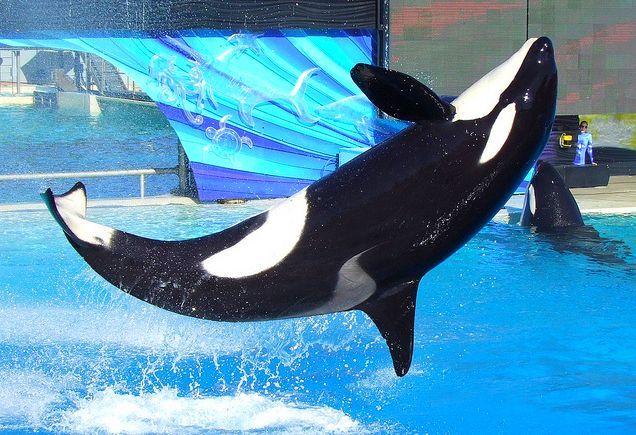

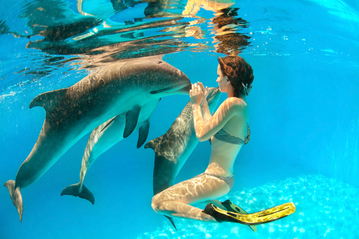
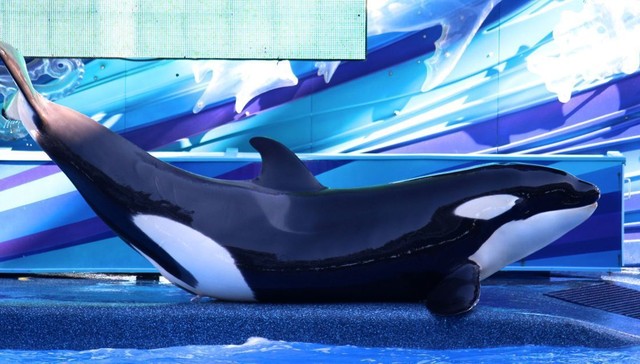
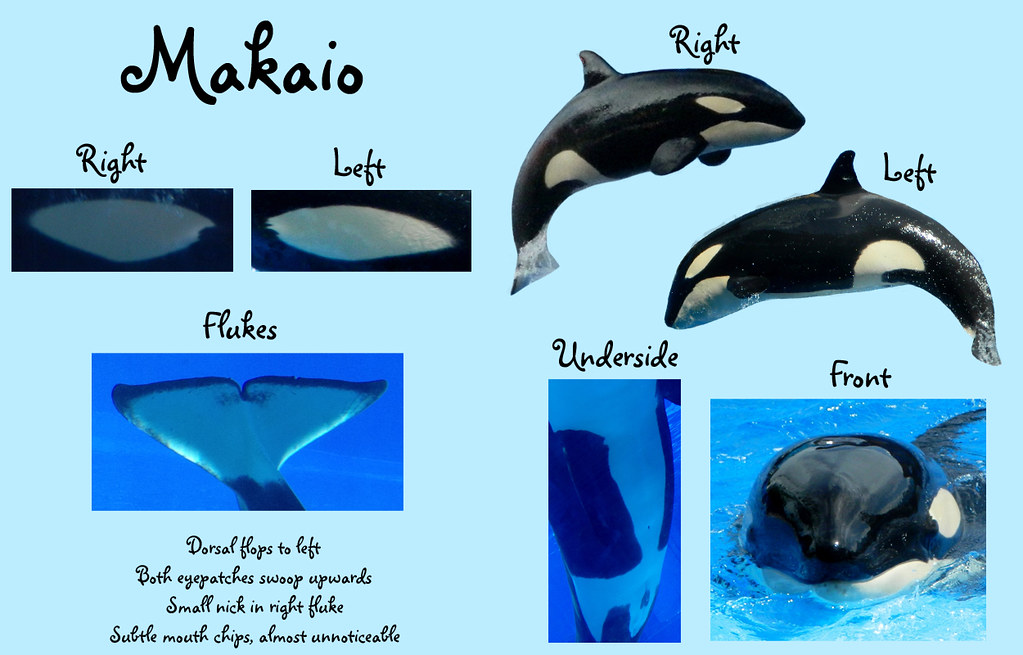





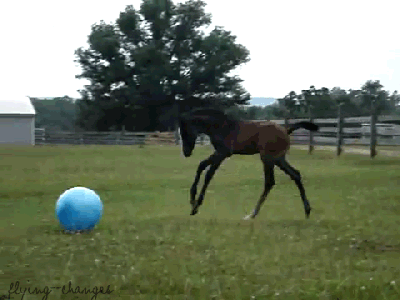





:origin()/pre03/3aae/th/pre/f/2015/243/9/4/sakari_by_omnoms-d97yleg.jpg)



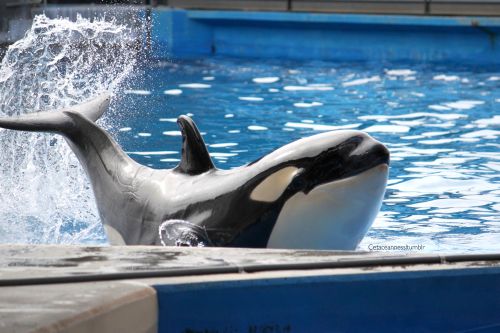
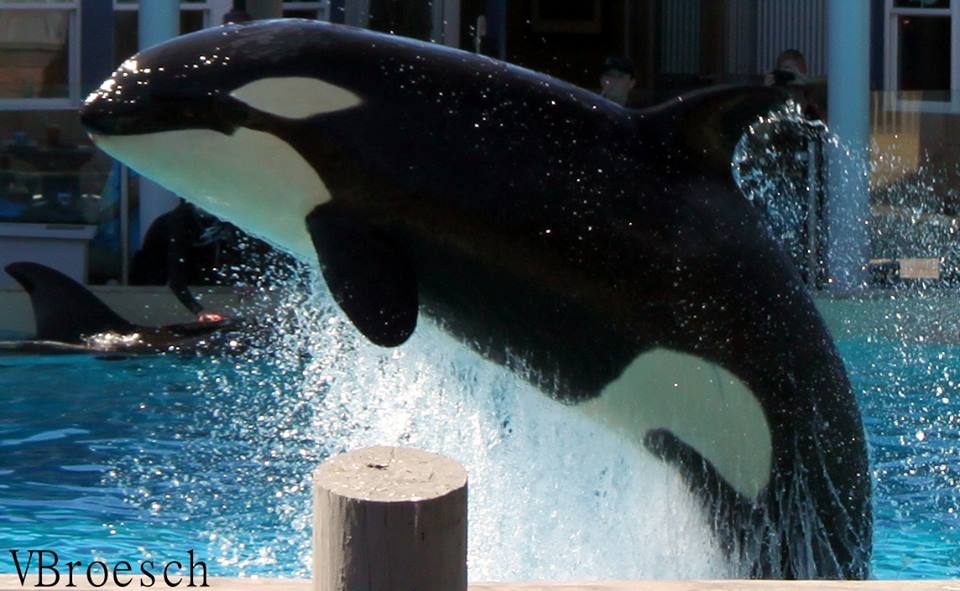
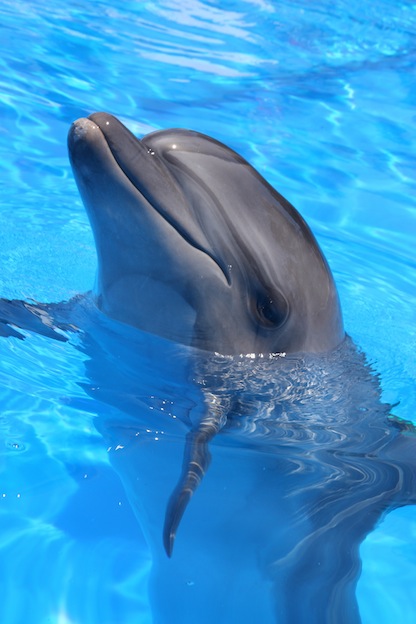

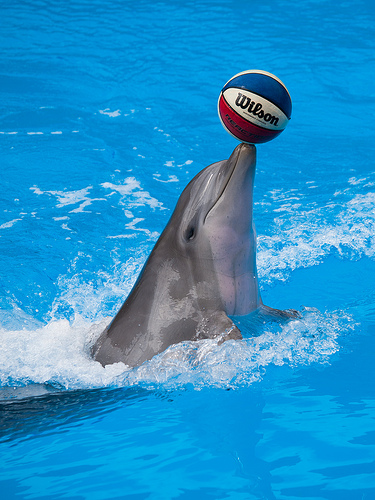










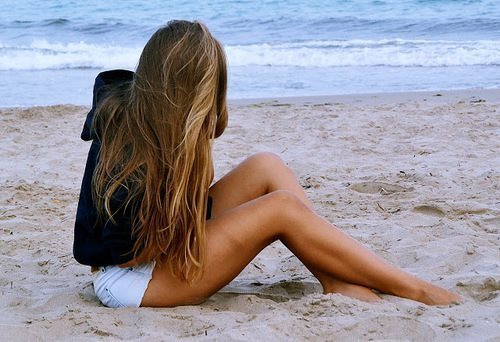



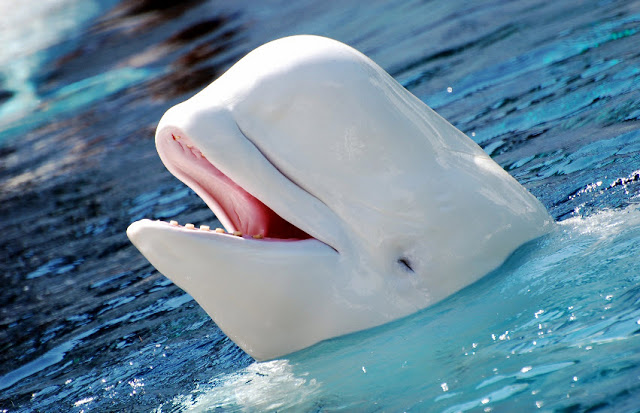









Bookmarks